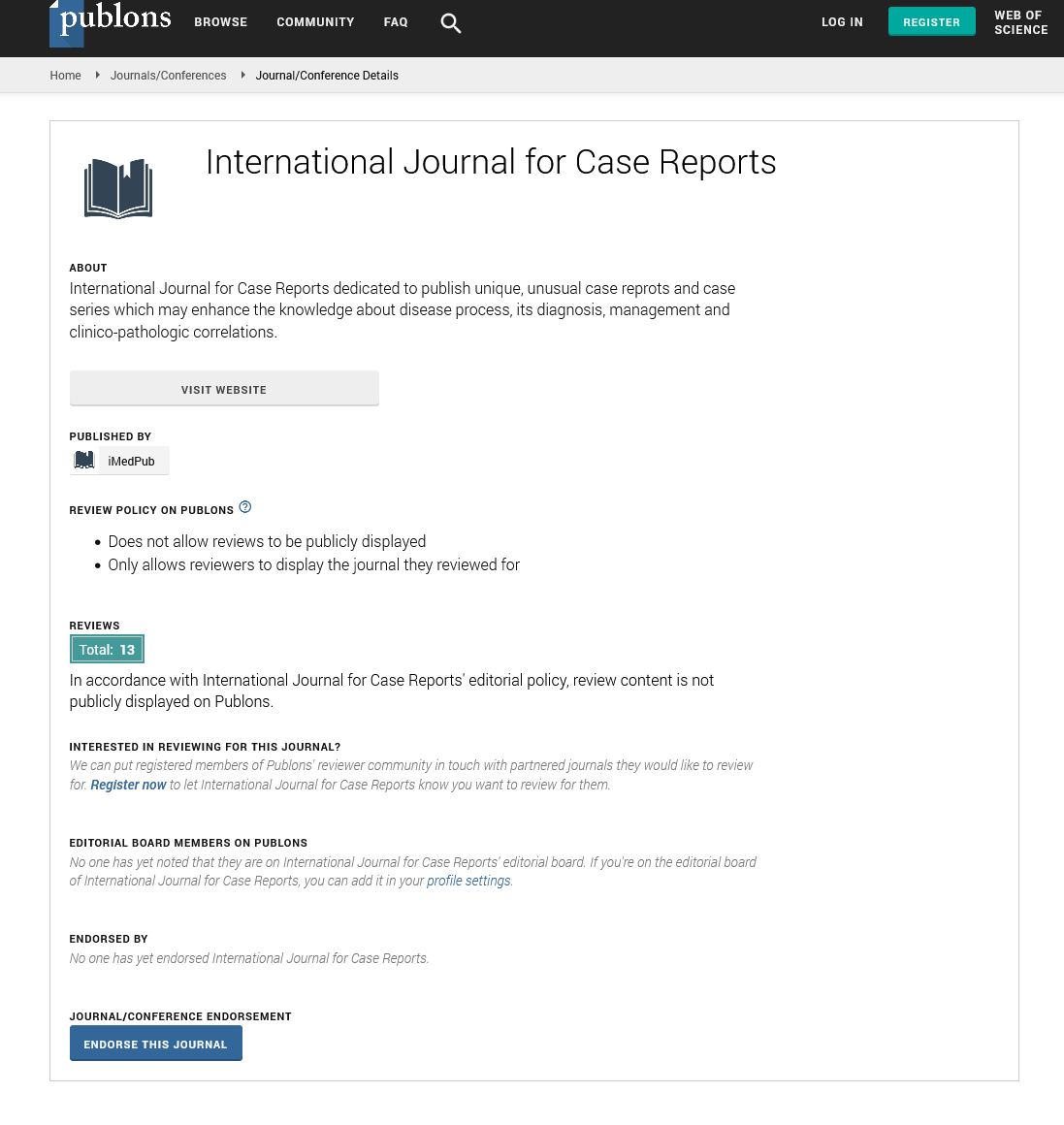Abstract
A Case of Aortic to RightAtrial Fistula During Transcatheter Aortic valve replacement
Aorto-atrial fistulas (AAFs) are rare lesions typically associated with paravalvular abscesses or aortic aneurysms. Iatrogenic AAFs have been described after cardiac surgery. While these lesions are often asymptomatic, they can cause shunting and volume overload. Diagnosis of AAFs can be challenging. Transesophageal echocardiography plays a critical role in their diagnosis. Case Report: A 91-year-old man undergoing transcatheter aortic valve replacement (TAVR) for severe aortic stenosis had extreme tortuosity of the aorta and iliofemoral vessels. The patient developed a fistula from the non-sinus of Valsalva to the right atrium during the procedure. After the procedure, the patient developed stroke and retroperitoneal hematoma. Conclusions: This case represents the first full report of an aorta to right atrial fistula after TAVR. The anatomy of the aortic root in relation to the right atrium and ventricle may make aorta to right ventricle fistulas more common than aorta to right atrial fistulas. This patient’s vascular tortuosity may have played a role in the development of this lesion. Blood flow in an aorta to right atrial fistula occurs during both systole and diastole, making both right and left ventricle overload possible. Echocardiography is essential to the diagnosis of these lesions. Both vascular injury and landing zone rupture are possible during TAVR, although the observed timing and anatomy of this lesion suggest that it was caused during retrograde access of the left ventricular outflow tract via the ascending aorta.
Author(s): Benjamin M. Kristobak
Abstract | Full-Text | PDF
Share This Article
Google Scholar citation report
Citations : 22
International Journal for Case Reports received 22 citations as per Google Scholar report
International Journal for Case Reports peer review process verified at publons
Abstracted/Indexed in
- Google Scholar
- Publons
Open Access Journals
- Aquaculture & Veterinary Science
- Chemistry & Chemical Sciences
- Clinical Sciences
- Engineering
- General Science
- Genetics & Molecular Biology
- Health Care & Nursing
- Immunology & Microbiology
- Materials Science
- Mathematics & Physics
- Medical Sciences
- Neurology & Psychiatry
- Oncology & Cancer Science
- Pharmaceutical Sciences
